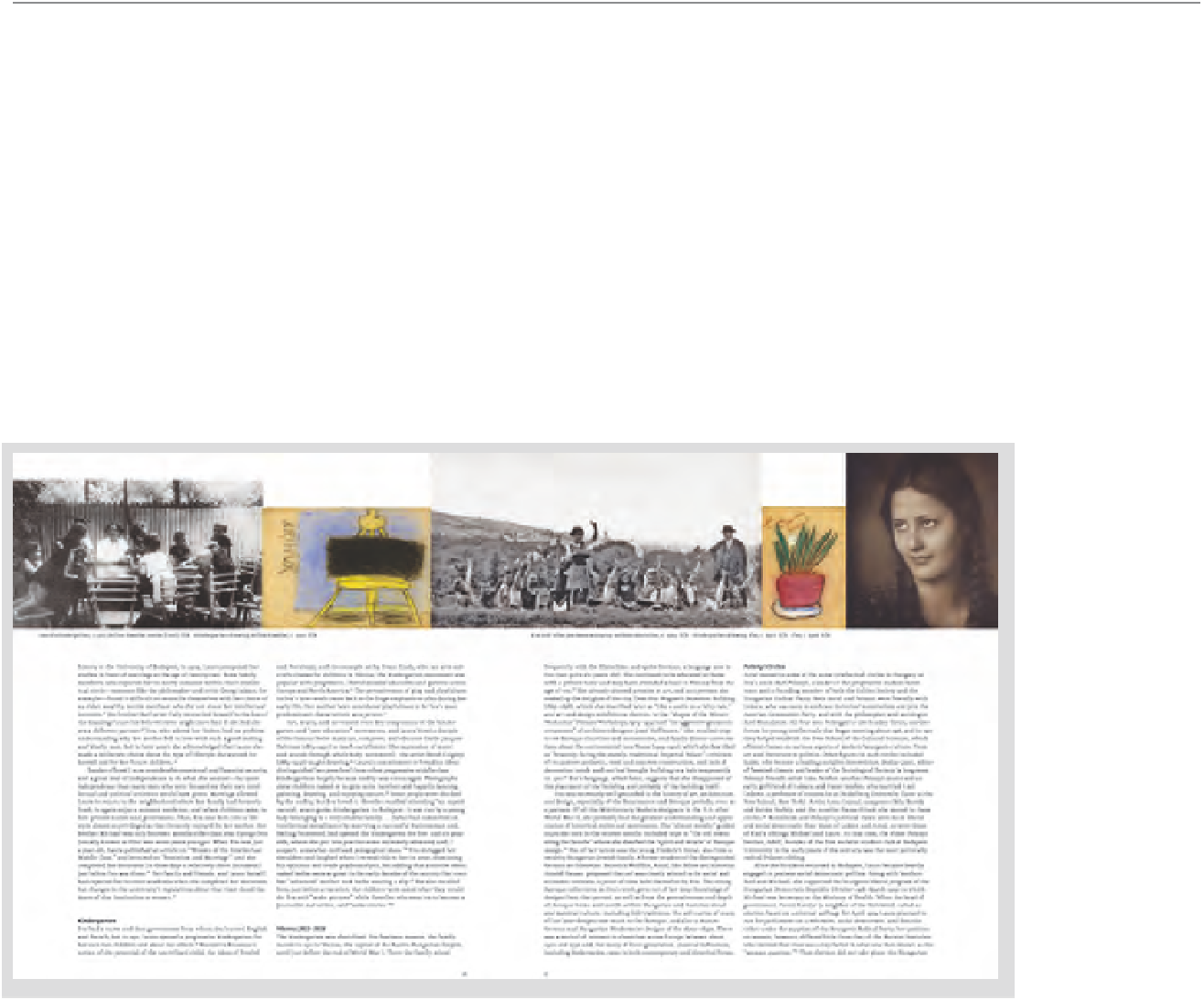Graphics Reference
In-Depth Information
Column and margin
As an extension of the spatial qualities inherent in single letters, pages
also possess form and counterform relationships due to the interaction
of columns and their surrounding spaces. Functional clarity and visual
beauty are established in the harmonious relationships of these spaces.
Three specific variables related to columns govern these
relationships: the proportion of column height to width, texture (the
tactile appearance of the type), and tone (the lightness and darkness of
type). It is through the manipulation of these contrasting variables that
pages are spatially activated, optically balanced, and hierarchically
ordered. Additionally, the height and width of columns (and their
adjoining space intervals) should be carefully examined to ensure
adequate legibility (see Chapter 3).
When organizing text columns, either horizontal or vertical
movements may be emphasized. One will often dominate, as shown in
Figures
5-18
and
5-19
. Eye movement across the page (side to side and
top to bottom) is controlled by column rhythms, typographic weights,
and rules functioning as visual punctuation. By the manipulation of
these elements, the designer groups information according to its role
in a given layout and guides the eye methodically through the space
of the page. Each of the horizontal rows in Figure
5-20
, for example,
separates information for each composer, making it easier to locate the
musicians performing each piece. The first row, with regular-weight
type, contains general information and is subordinate to the second
and third sections with large bold type.
5-18
Four columns
of type are arranged
horizontally, allowing
ample breathing space
for the timeline of
photographic images at
the top of the spread in
the topic
Eva Zeisel:
Life, Design, and
Beauty
. (Designer:
Pirco Wolfframm)

